Cult Shop: Mexico City’s most singular design store
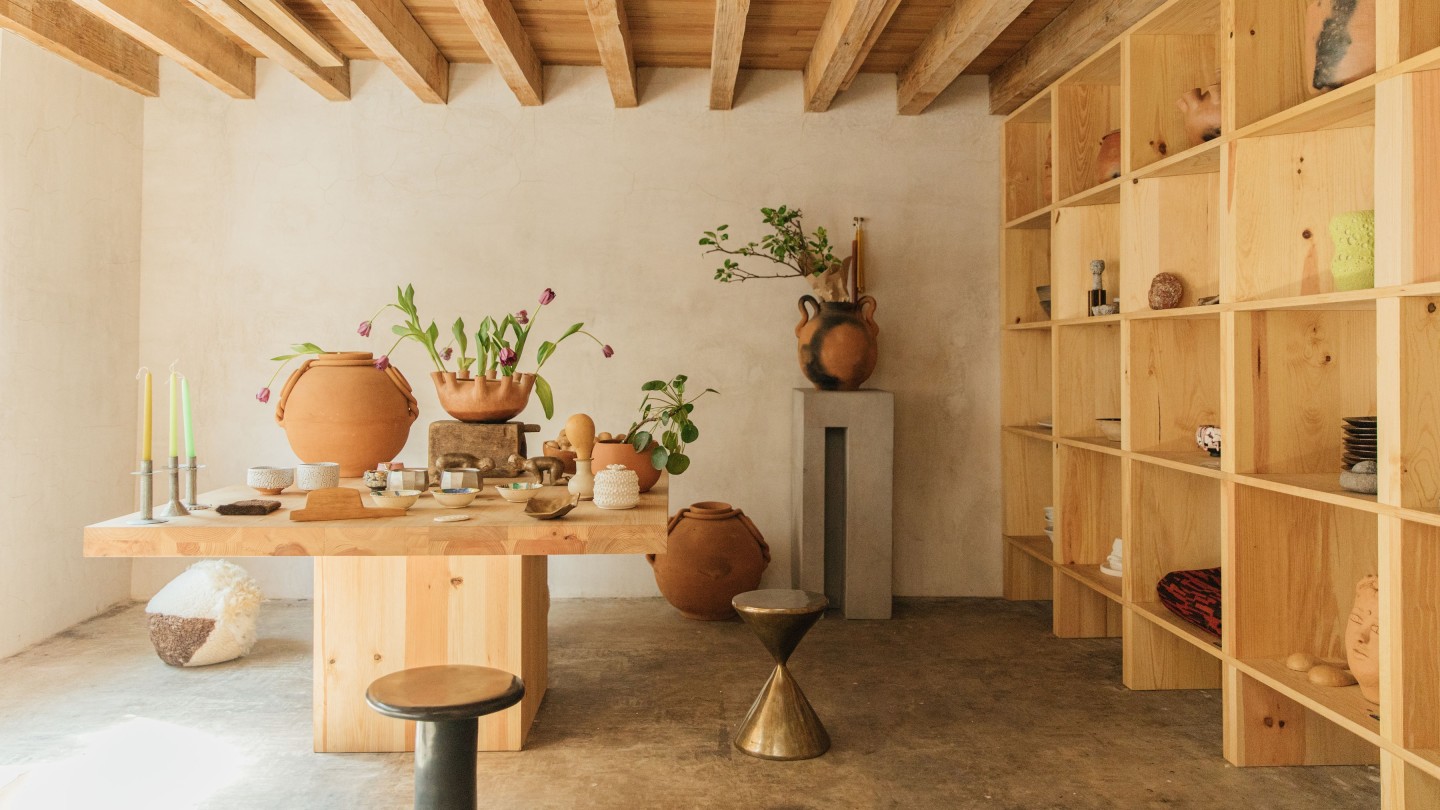
Roula Khalaf, Editor of the FT, selects her favourite stories in this weekly newsletter.
If you’re planning to stop by Casa Ahorita on your next visit to Mexico City, prepare to be disappointed. The opening hours for this shop, hidden on a leafy residential street in Roma Norte, are as whimsical as its curatorial approach. “I’m probably trying to justify my resistance to adulthood, but the unpredictable hours are part of the appeal for me,” explains owner Su Wu, who opens the store whenever life allows. “Maybe you’ll get lucky and we can stand around while I talk your ear off about ceramics. Maybe not.”
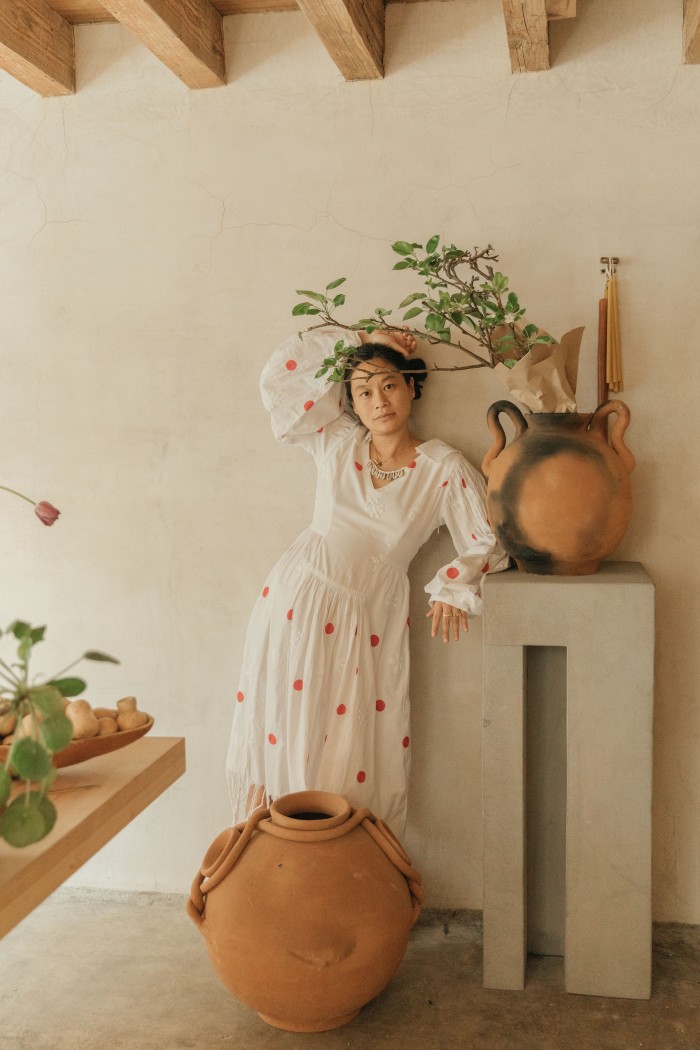
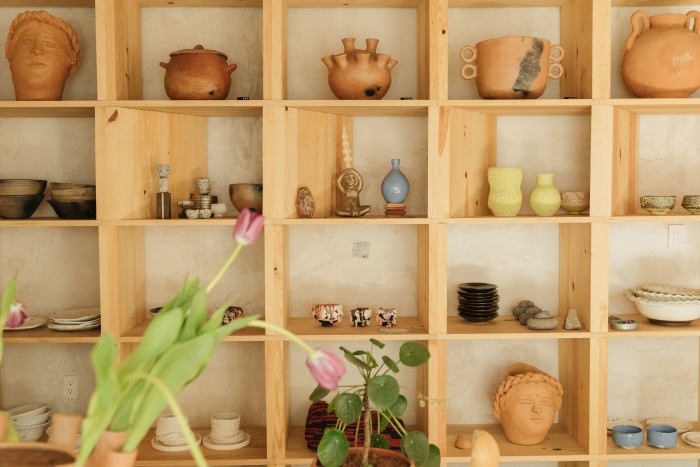
If the fates align, the reward is a wunderkammer of art and design from around the world. In the ground-floor space of the 1920s building that Wu shares with her husband, sculptor Alma Allen, and their two children, lime-plaster walls provide the backdrop to an array of pieces, centred on pottery but ranging through fashion and furniture. Displayed on pine shelves and volcanic rock plinths hewn in the workshop that makes Allen’s pedestals, the effect is part store, part gallery, part sanctuary.
This hybrid feel is a direct result of Wu’s professional background: “I wanted to create the shop for the same reason that I love being an arts writer and I love curating, which is to have an excuse to talk to people about what moves them,” says Wu, who moved to Mexico City from Joshua Tree, California, five years ago. “It allows me to work with talented friends from around the world while getting to know new people that inspire me.”
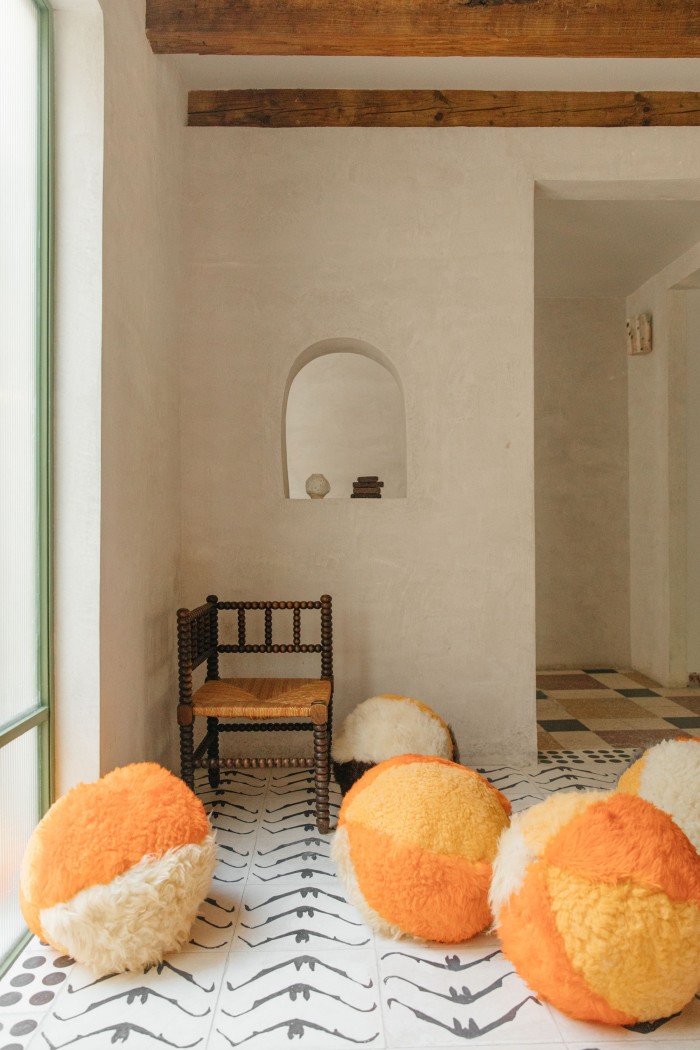
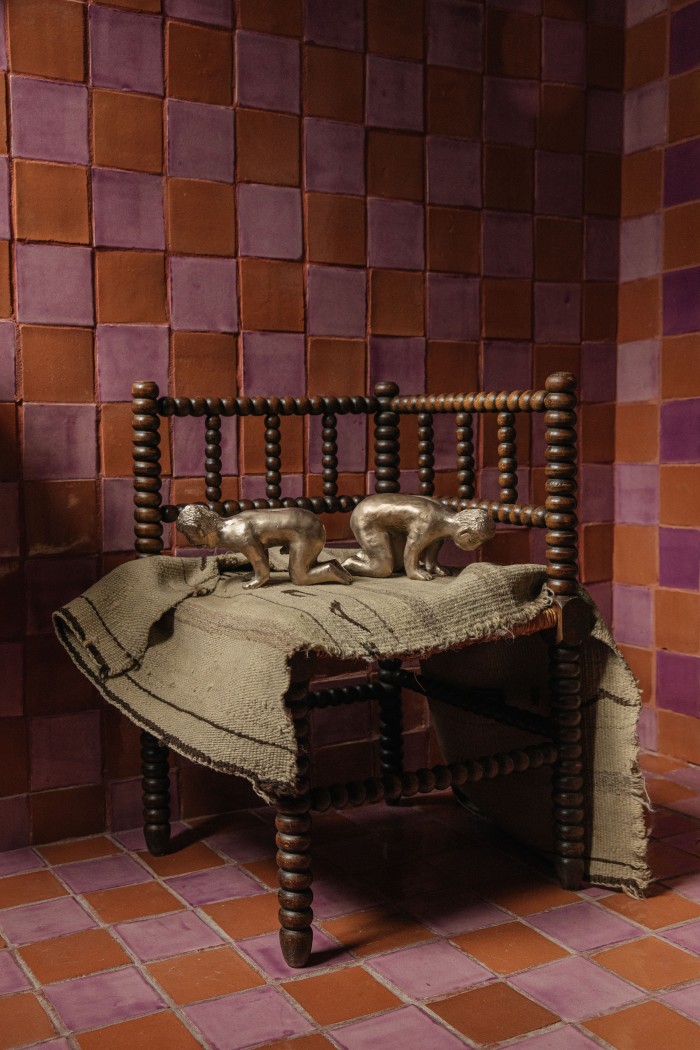
Her magpie approach has brought together work from artisans across boundaries, whether that’s Oaxacan ceramicist Isabel Sanchez (whose range Casa Ahorita, priced from 1,130 pesos, or about £45, swarms with ant motifs), London-based jeweller Rose de Borman’s woven gold and bronze rings from about £215 or crackle-glazed mezcal cups from about £220 by Benin-based artist Matthias Kaiser (whose ceramics Wu first curated almost a decade ago). With each piece representing a personal relationship, Wu takes a more active role than many shopkeepers. “It’s not that I’ll push a craftsperson in a new direction, but more that I’m interested in taking work that may be a little more experimental,” she explains. This is evident in pieces from the blind master ceramicist José García Antonio, whose distinctive terracotta figures Wu helped recast in bronze to double as candle holders and bookends, or in the oversized pom-pom cushions made in collaboration with Elise Durbecq of shoe line Huaraches, which nudged the brand from fashion into interiors.
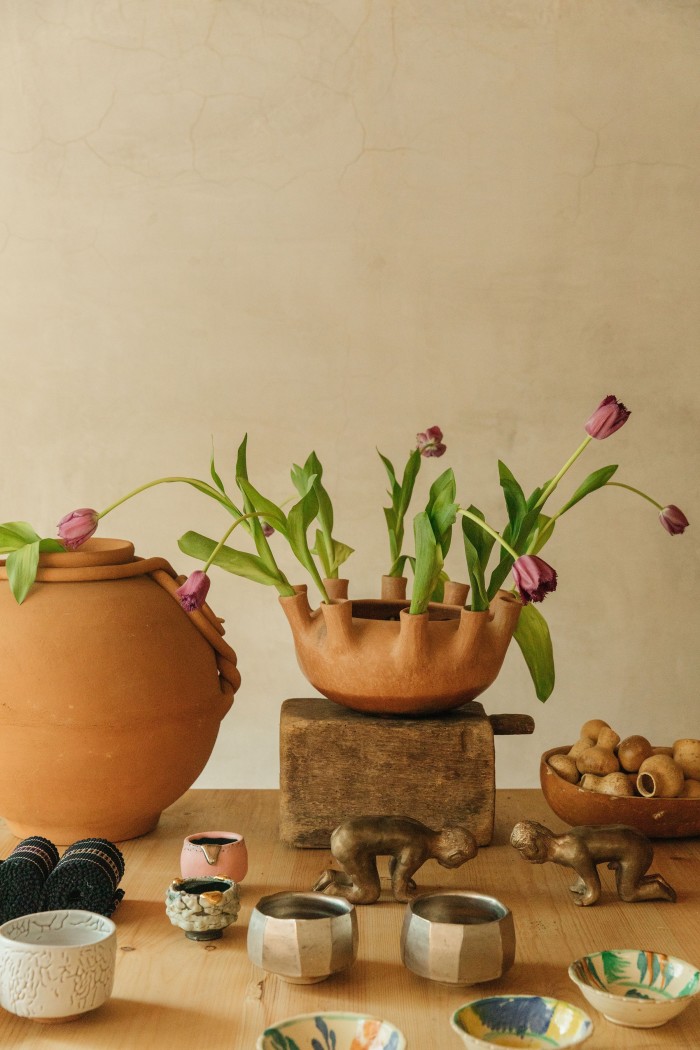
Another inspiration for Wu is the building in which Casa Ahorita is set – a former theatre that was once home to William Burroughs and his wife, the erudite but largely unpublished poet Joan Vollmer. The couple were living there in 1951 when Burroughs shot and killed Vollmer during a drunken game. Wu was concerned that the tragic event had taken place on site, but after digging around she confirmed that it happened four blocks away. Nonetheless, Wu feels a connection: “Vollmer was a friend to people who leaned on her too much and I hope her ghost feels safe with me here.”
Perhaps unsurprisingly for such a freewheeling and personal project, Wu’s future plans are still emerging. “There may be more formal offshoots in new locations, but this space will stay amorphous,” Wu explains. “When I first moved to Mexico I heard the word ahorita used a lot and assumed it meant ‘now’. I soon learnt that it meant ‘nowish’. It’s a soft now – the ‘not quite yet’ or ever imminent. I love that. It speaks to my natural inclinations.”
“Intervención/Intersección”, curated by Su Wu, is showing at Rockefeller Center, New York, until 24 June
Comments